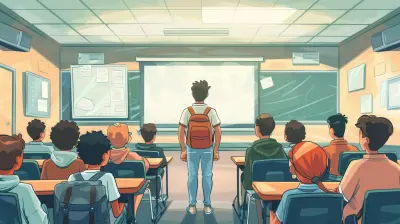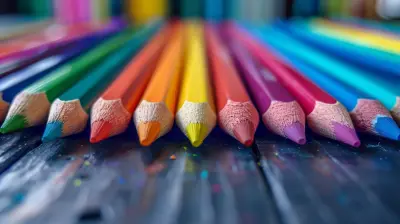The Science of Flight: How to Build and Test Paper Airplanes
7 August 2025
Paper airplanes – they’re simple, fun, and a childhood classic. But have you ever stopped to wonder why some soar gracefully while others nosedive into an embarrassing crash landing? It turns out, there’s a whole lot of science behind these humble paper creations!
If you’ve ever wanted to master the art of making paper airplanes that actually fly well (and impress your friends in the process), this guide is for you. We’ll break down the forces of flight, cover pro tips for designing killer planes, and even touch on how to test them like a real aerospace engineer.
So, grab some paper and get ready to take flight—because we’re about to deep-dive into the physics of the perfect paper airplane! 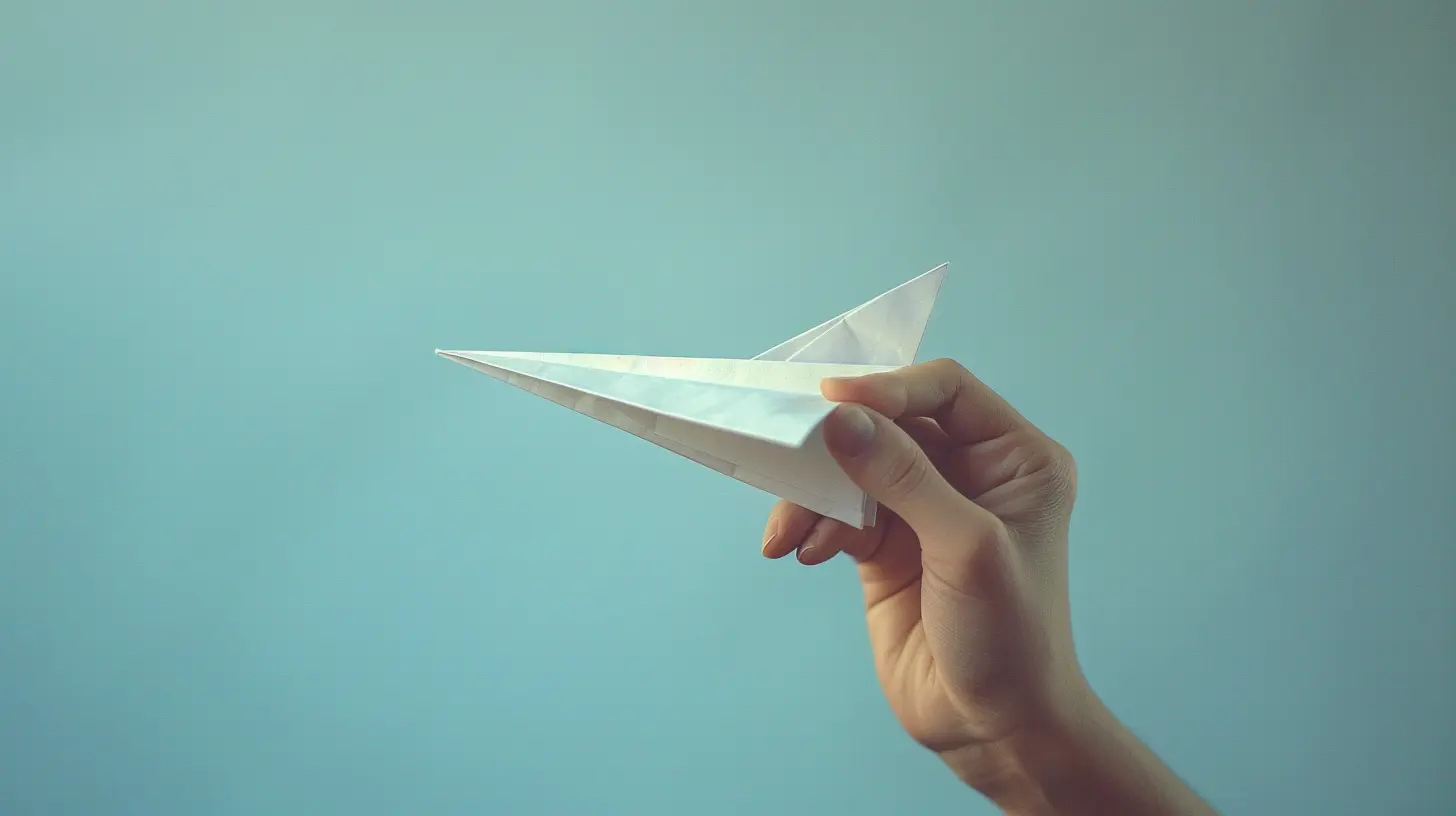
The Four Forces of Flight (Yes, Even Paper Airplanes Follow Them!)
Before you start folding, let’s talk about what makes an object fly. Even paper airplanes are subject to the same four fundamental forces that govern real aircraft:1. Lift – The Secret to Staying in the Air
Think of lift as the force that counteracts gravity. In real planes, wings generate lift by changing the air pressure above and below them. With paper airplanes, lift comes from the way air moves around their wings and body. A well-folded design with the right wing shape can generate more lift, helping it glide smoothly.2. Thrust – The Power Behind the Launch
Thrust is the forward push that gets your paper creation moving. In jet planes, this comes from powerful engines. For paper airplanes, it’s all about how well (or poorly) you throw them. A strong, steady launch with just the right angle is key—too much force and it'll nosedive, too little and it’ll flop to the ground.3. Drag – The Air Resistance Holding You Back
Ever wonder why some planes slow down much faster than others? That’s drag at work. It’s the resistance from air pushing against the plane as it flies. A sleek, well-folded paper airplane will cut through the air efficiently, while a wrinkled, uneven one will get slowed down more quickly.4. Gravity – The Enemy of Flight
Gravity is the ever-present force pulling everything toward the Earth. Your goal? Design a paper airplane that can defy gravity for as long as possible by maximizing lift and minimizing drag.Now that you’ve got the basic aerodynamics down, it’s time to start folding! 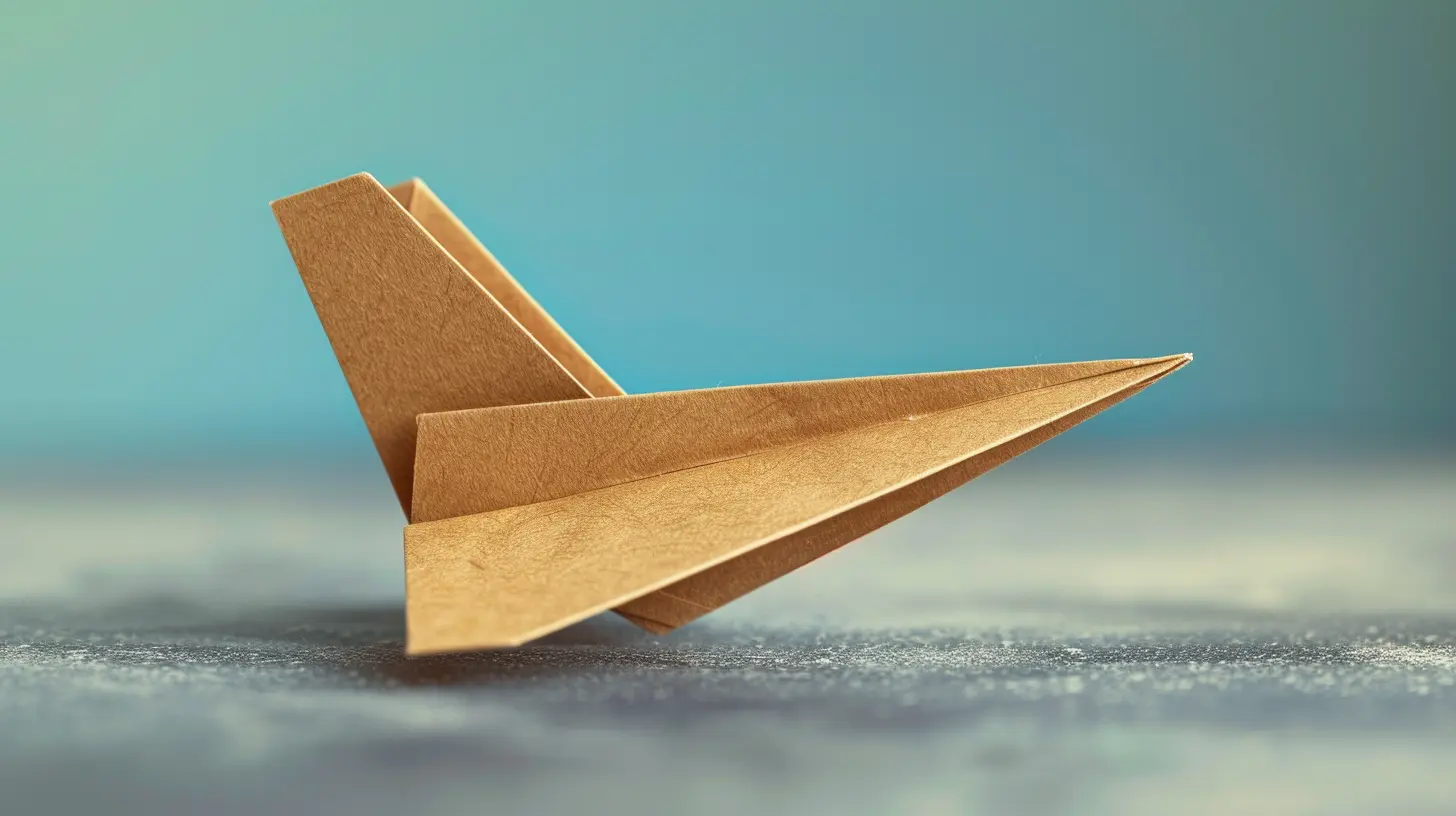
How to Build a High-Flying Paper Airplane
Sure, you could just fold a basic dart and call it a day—but where’s the fun in that? Let’s go beyond the basics and create a plane that soars like a real aircraft.Step 1: Pick the Right Paper
Not all paper is created equal! Standard printer paper (8.5 by 11 inches) works fine, but if you want to experiment, try using slightly heavier paper like cardstock for added durability and weight. Avoid flimsy notebook paper—it won’t hold its shape well.Step 2: Choose Your Plane Design
Different designs give different results. Here are a few fun ones to try:- The Dart: Fast and straight-flying. Great for distance.
- The Glider: Wider wings for a longer, slower flight.
- The Stunt Plane: Features special folds for loop-de-loops and tricks.
Step 3: Fold It With Precision
A sloppy fold can ruin even the best design. Use a flat surface and make sharp, crisp creases with your fingernail or a ruler. Symmetry is key! If one side is even slightly off, your plane might veer off course.Step 4: Adjust for Stability
Once folded, tweak the wings:- Slightly curve the tips upward (called “winglets”) to help stabilize the flight.
- Make the fuselage (body) rigid by folding it multiple times for added weight in the nose.
- Experiment with small bends in the wings to change flight patterns. Even a tiny change can make a huge difference!

How to Test and Improve Your Paper Airplane
Now for the fun part—testing!Find the Right Environment
Test your plane in a wide-open space like a park, gym, or a large hallway. Wind can mess up your results, so indoor testing is best when fine-tuning your design.The Perfect Throw
Your throw matters just as much as the plane’s design. Follow these tips:- Hold it gently – A tight grip can warp the paper.
- Throw at a slight upward angle – Too steep and it stalls; too shallow and it crashes.
- Use a smooth, consistent motion – Don’t chuck it like a baseball!
Try different throwing speeds and angles to see what works best.
Make Adjustments Based on Flight Performance
If your plane isn't flying well, tweak it! Here’s how to troubleshoot common problems:| Problem | Fix |
|----------------------|------------------------------------------------|
| Nose-dives | Add an upward bend to the back of the wings |
| Flips or rolls | Ensure both wings are even |
| Falls too quickly | Use lighter paper or increase wing size |
| Veers to one side | Adjust wing angles slightly |
Each small tweak gives insights into flight mechanics. It’s like being an aeronautical engineer—except your budget is just a few sheets of paper! 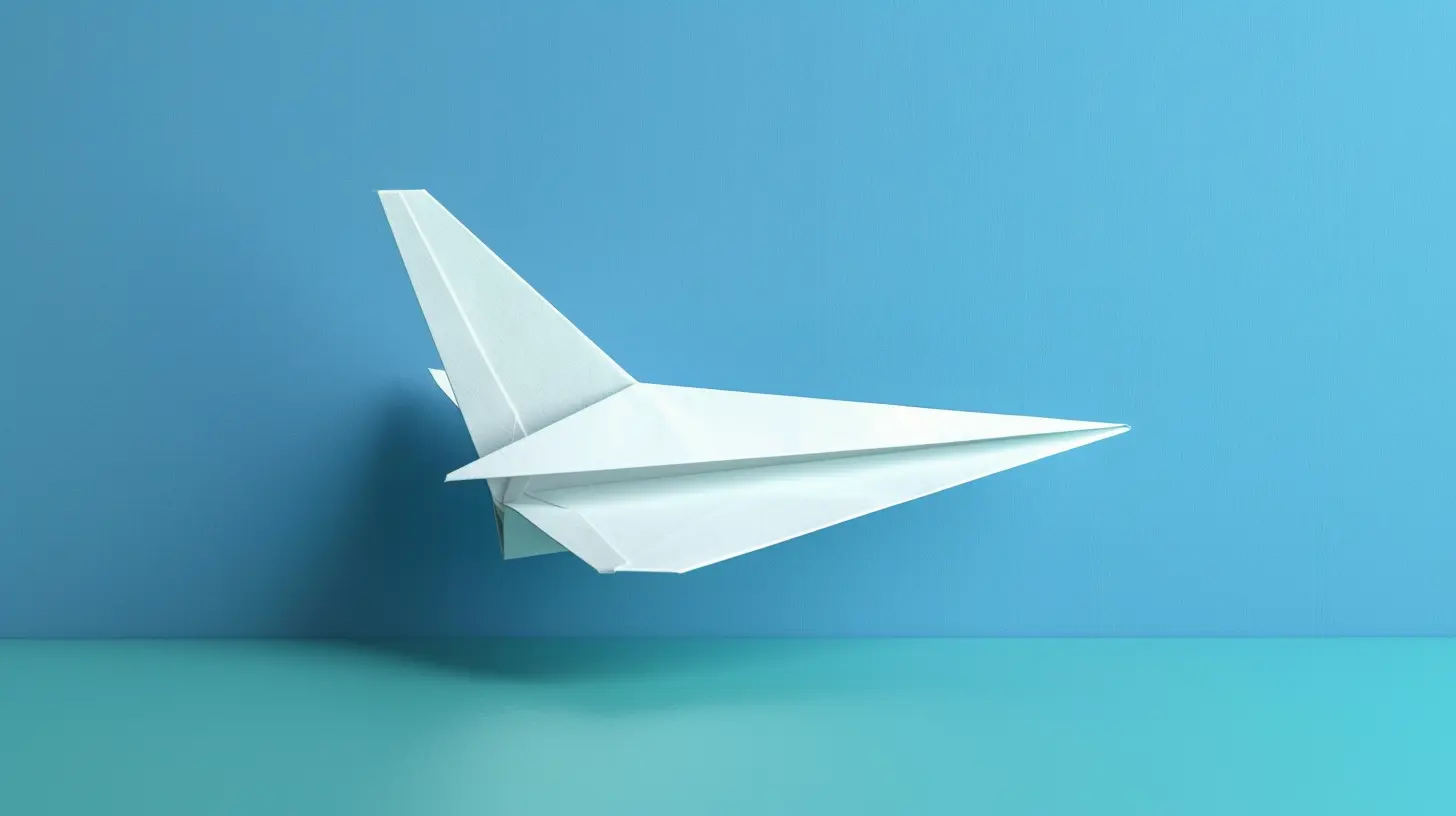
Fun Experiments to Try
Want to take your paper airplane skills to the next level? Try running these fun experiments:1. The Distance Challenge
Test different designs and throwing styles to see which one travels the farthest. Measure the distance and make adjustments to beat your personal record!2. Wing Shape Experiment
Try folding wings in different ways—wider, narrower, curved, or flat—and see how it affects flight. You’ll quickly notice how even small changes can make a huge difference.3. Add Paperclips for Weight
Adding a paperclip to the nose can change the weight distribution. Does it improve stability or make it worse? Experiment with different placements to fine-tune your design.4. Try Different Types of Paper
What happens if you use construction paper, newspaper, or even aluminum foil instead of regular paper? Does heavier paper make a difference? Only one way to find out!Conclusion: Fly On, Paper Pilot!
Paper airplanes are more than just a childhood pastime—they’re a crash course (sometimes literally) in physics, engineering, and problem-solving. Next time you fold up a piece of paper and send it flying, you’ll know exactly why it soars or flops.Now, go experiment, tweak your designs, and challenge yourself to make the best paper airplane ever. Who knows? Your next brilliant design might just be *out of this world!
all images in this post were generated using AI tools
Category:
Science ExperimentsAuthor:

Bethany Hudson
Discussion
rate this article
1 comments
Cody Wilkins
Great article! Understanding aerodynamics through paper airplanes is a fun and engaging way to teach kids about physics. Looking forward to trying out those designs!
August 28, 2025 at 4:29 AM

Bethany Hudson
Thank you! I'm glad you enjoyed it and hope the designs inspire a lot of fun experiments!
